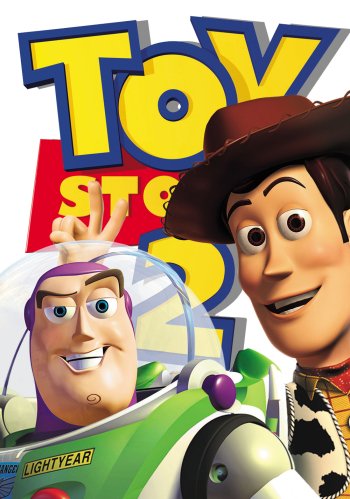

“When I would look at the films as a whole, I would search for story reasons to use 3-D in different ways,” he said. And his role was not just technical emotional impact also informed some of the changes.

One person charged with that task was Bob Whitehill, the lead stereographer. The process involves a bit of virtual time travel. A live-action film not originally shot with two cameras cannot be made into a 3-D film, but in the more malleable world of computer animation, the second camera view can be added.
LIVE ACTION TOY STORY 2 MOVIE
The production process for a 3-D movie requires the use of two cameras, positioned next to each other, shooting action at the same time to mimic each of the viewer’s eyes. Therefore it’s a two-dimensional view of that three-dimensional world.” We’ve only looked at them with one camera.

“I’ve always been thinking in three dimensions, ever since I started working with computer animation in the early ’80s,” said John Lasseter, chief creative officer of Pixar and Disney Animation Studios and the director of “Toy Story” and “Toy Story 2.” “Within the computer, we’ve created truly three-dimensional environments. It also, conveniently, helps prime the promotional pump for next summer’s “Toy Story 3.” For Pixar and its owner, the Walt Disney Company (another new development since the originals appeared), 3-D innovation means the films can be seen as they should have been all along. The double feature of “Toy Story” and “Toy Story 2,” which was released on Friday, not only offers another generation of children the chance to see both films in theaters. That technological task gives an idea of what the staff at Pixar Animation Studios faced in converting 1995’s “Toy Story,” Disney’s first entirely computer-animated feature, and its 1999 sequel into 3-D.



 0 kommentar(er)
0 kommentar(er)
